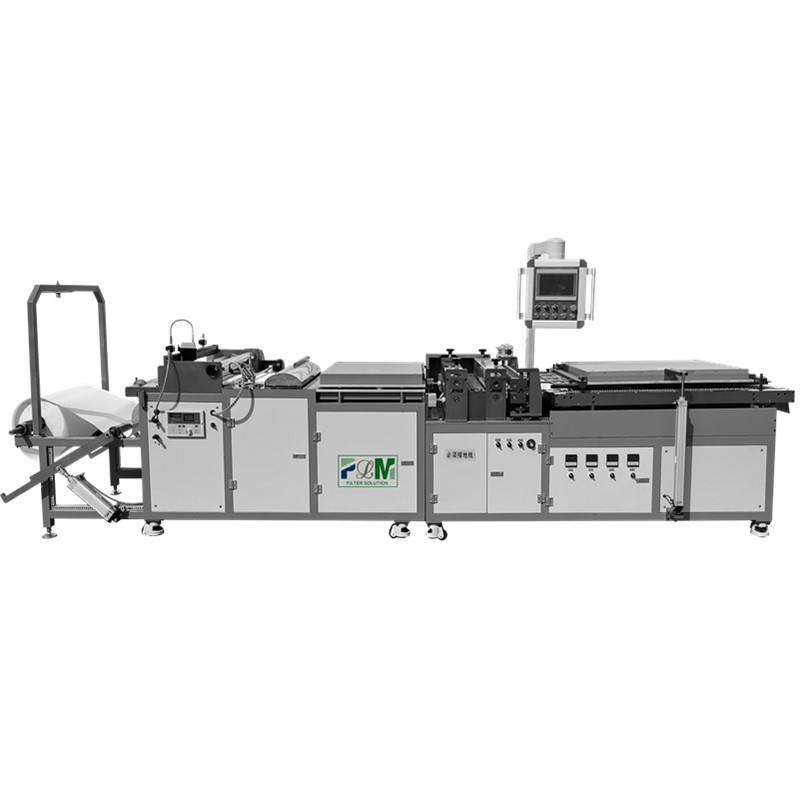Lis . 18, 2024 11:04 Back to list
Trends and Pricing Insights for Non-Woven Filter Materials in Today's Market
The Evolution and Importance of Non-Woven Filter Materials
In the realm of filtration technology, non-woven filter materials have rapidly gained traction for their versatility and effectiveness. These materials, made from fibers that are bonded together rather than woven, provide a unique combination of attributes that make them suitable for a wide range of applications, from air and liquid filtration to medical uses. This article delves into the characteristics of non-woven filter materials, their benefits, and the future of this essential technology.
Characteristics of Non-Woven Filter Materials
Non-woven filter materials are produced through various processes, such as electrospinning, melt-blowing, and needle punching. Each method contributes to the final product's properties, including pore size, thickness, and fiber density. One of the defining features of non-woven materials is their ability to trap particles effectively due to the random orientation of fibers, which creates a tortuous path for contaminants. This unique structure enhances the surface area available for particle capture, making non-woven filters highly efficient.
Additionally, non-woven materials can be engineered to possess specific characteristics, such as hydrophobic or hydrophilic properties, antimicrobial features, and electrostatic charges. These adjustments can significantly improve filtration performance depending on the intended application, whether it involves capturing airborne pollutants or filtering drinking water.
Benefits of Non-Woven Filter Materials
The use of non-woven filter materials offers several compelling advantages
1. High Efficiency Non-woven filters typically provide superior particle capture efficiency compared to traditional woven filters. This efficiency is particularly evident in applications requiring the filtration of small and fine particles, such as in air purification systems or in the healthcare sector to prevent the spread of pathogens.
2. Breathability Non-woven structures allow for excellent airflow, making them ideal for applications where air permeability is important, such as in respiratory masks. This property ensures that users can breathe comfortably while still receiving protection from airborne contaminants.
3. Lightweight Design Non-woven filter materials are generally lightweight, making them easy to handle and install. This characteristic enhances the overall usability in various settings, from industrial applications to consumer products.
non woven filter material quotes

4. Cost-Effectiveness The manufacturing process for non-woven materials is often less complex and more cost-effective than that for woven filters. This economic benefit translates to more affordable filtration solutions for consumers and industries alike.
5. Customization The ability to tailor the properties of non-woven filter materials allows manufacturers to meet specific customer requirements. This adaptability is particularly advantageous in specialized industries, including automotive, aerospace, and medical, where varying filtration standards are essential.
Applications of Non-Woven Filter Materials
The applications of non-woven filter materials are diverse and continue to expand. In the automotive industry, they are used for cabin air filters to provide passengers with clean air while reducing the burden on vehicle HVAC systems. In the aerospace sector, non-woven materials ensure optimal air quality in aircraft interiors.
Moreover, during the COVID-19 pandemic, non-woven fabrics became the standard for mask production, emphasizing their critical role in protecting public health. The healthcare industry utilizes these materials for surgical masks, gowns, and other personal protective equipment (PPE), highlighting their importance in infection control.
The Future of Non-Woven Filter Materials
As technology continues to advance, the future of non-woven filter materials appears promising. Innovations in materials science are leading to the development of even more efficient and durable filter solutions. Sustainability is also a growing focus, with manufacturers exploring biodegradable and recyclable options to minimize environmental impact.
Research into nanofiber technologies could further enhance the filtration capabilities of non-woven materials, allowing them to capture even smaller particles and pathogens. This progress is vital for addressing emerging global challenges, such as air pollution and the threat of infectious diseases.
Conclusion
Non-woven filter materials are a testament to the evolution of filtration technology. Their superior performance, versatility, and cost-effectiveness position them as critical components in various industries. As we move forward, ongoing innovations in this field promise to further enhance their effectiveness and sustainability, ensuring that non-woven filters remain at the forefront of filtration solutions for years to come.
-
Active Carbon Air Filter for Air Purifier - Superior Odor & Pollutant Removal
NewsJul.29,2025
-
High Strength Orange PU Glue for Versatile Bonding Solutions
NewsJul.28,2025
-
Active Carbon Air Filter for Air Purifier – Superior Filtration Efficiency
NewsJul.27,2025
-
High Strength Orange PU Glue for Versatile Bonding Solutions
NewsJul.26,2025
-
Active Carbon Air Filter for Air Purifier – Efficient Odor & Allergen Removal
NewsJul.25,2025
-
Active Carbon Air Filter for Air Purifier – Superior Odor & Allergen Removal
NewsJul.24,2025
